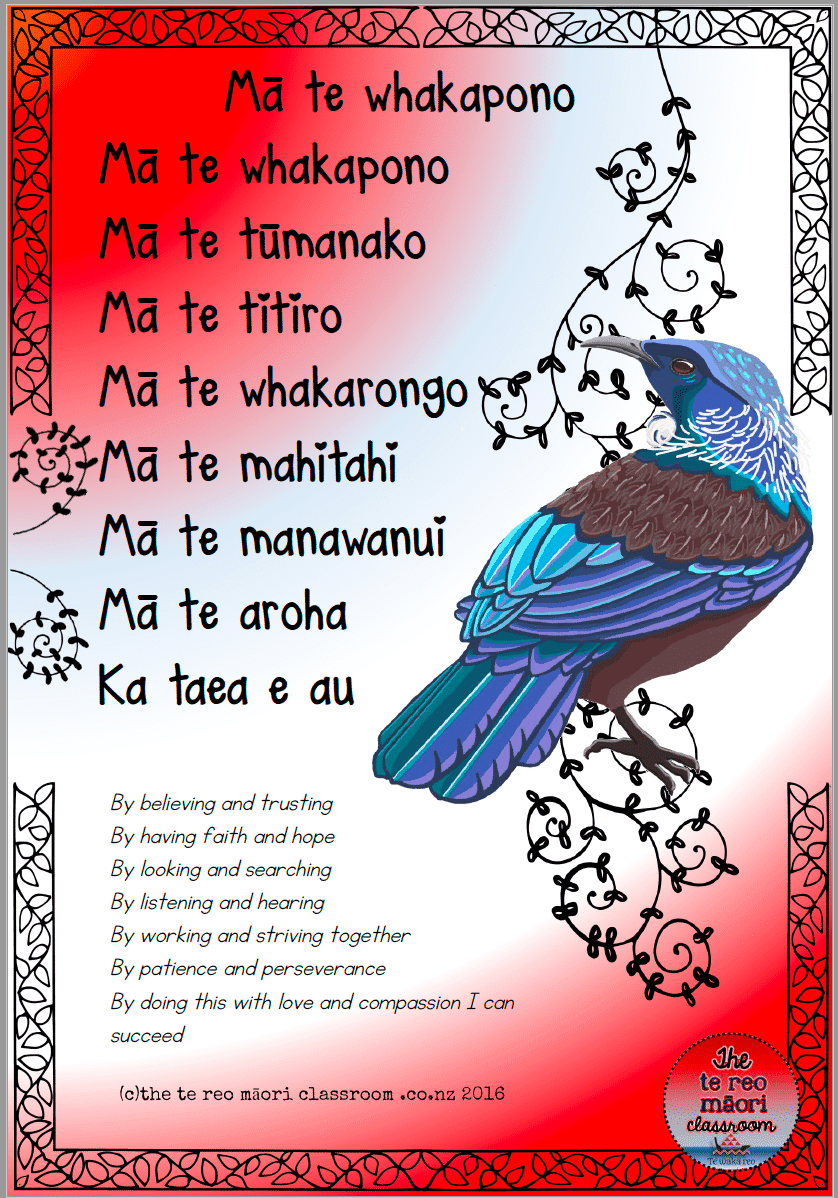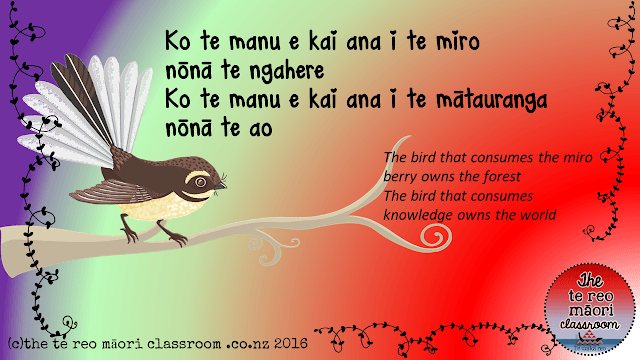The question I hear most often is
“How can I incorporate more te reo into my classroom when I’m still learning myself?”
It is a question I love!
I have discussed games and activities, waiata and videos/apps. There are many good resources on
TKI and
He reo tupu he reo ora. However you can have all of the resources in Aotearoa but that doesn’t necessarily help getting the language across to you or your ākonga.
What it requires is a plan. A methodical plan with a structure. I’m going to write a whole blog post on this during the holidays when you have time to peruse the depths of the internet.
But for now an authentic, meaningful, clever way of integrating great reo is through whakataukī and wise Māori kōrero. Whakataukī can either be part of, or separate from the te reo lesson.
The obvious way is to integrate them into “Topic” and for me growth mindset is a logical union made in heaven.
Some kaiako use whakataukī at the beginning of every topic as a focal point and it is a great way to bring in Māori perspectives.
So what are whakataukī?
Proverbs-for Māori they are very much a part of everyday kōrero playing a large role within Māori culture and carrying important messages.
You may have heard them woven through whaikōrero (speeches) or used as reference points.
They often serve as recommendations or suggestions to others or advice given.
The language used is figurative and merges historical events, holistic perspectives and underlying messages. It’s purpose is sometimes to elevate the listener with underlying messages of faith, hope and determination.
Whakataukī are fun to learn and awash with advantages when language learning. They often hold many meanings which can easily be understood by even the youngest of our ākonga.
Here are some
examples and there are sound bites to assist with pronunciation.
The qr code will take you to the Massey University Kōrero Māori Resources page. Scroll down and this whakataukī is the 7th sound bite. I’m sure you can think of many places to put this one in your akomanga!
I love Qr codes as they help to get the pronunciation right.
.
My absolute favourite whakataukī for education is this one.
When talking about growth mindset this is so appropriate-composed of meaningful kupu.
I love the emphasis on patience and perseverance. embracing challenge, striving, being persistent despite obstacles. It’s the stuff success is made of. It’s being inspired by the success of others and effort as a path to mastery and doing so with compassion (that is the ultimate hope!)
What are your favourite whakataukī, and how have you used them in your akomanga?
Coming up soon Audio qr cards and how USEFUL they are in the second language classroom.
Plus if you are interested in my article on Te Tiriti o Waitangi- living the values. (and how we can reflect the principles in our practice).
It’s here.




